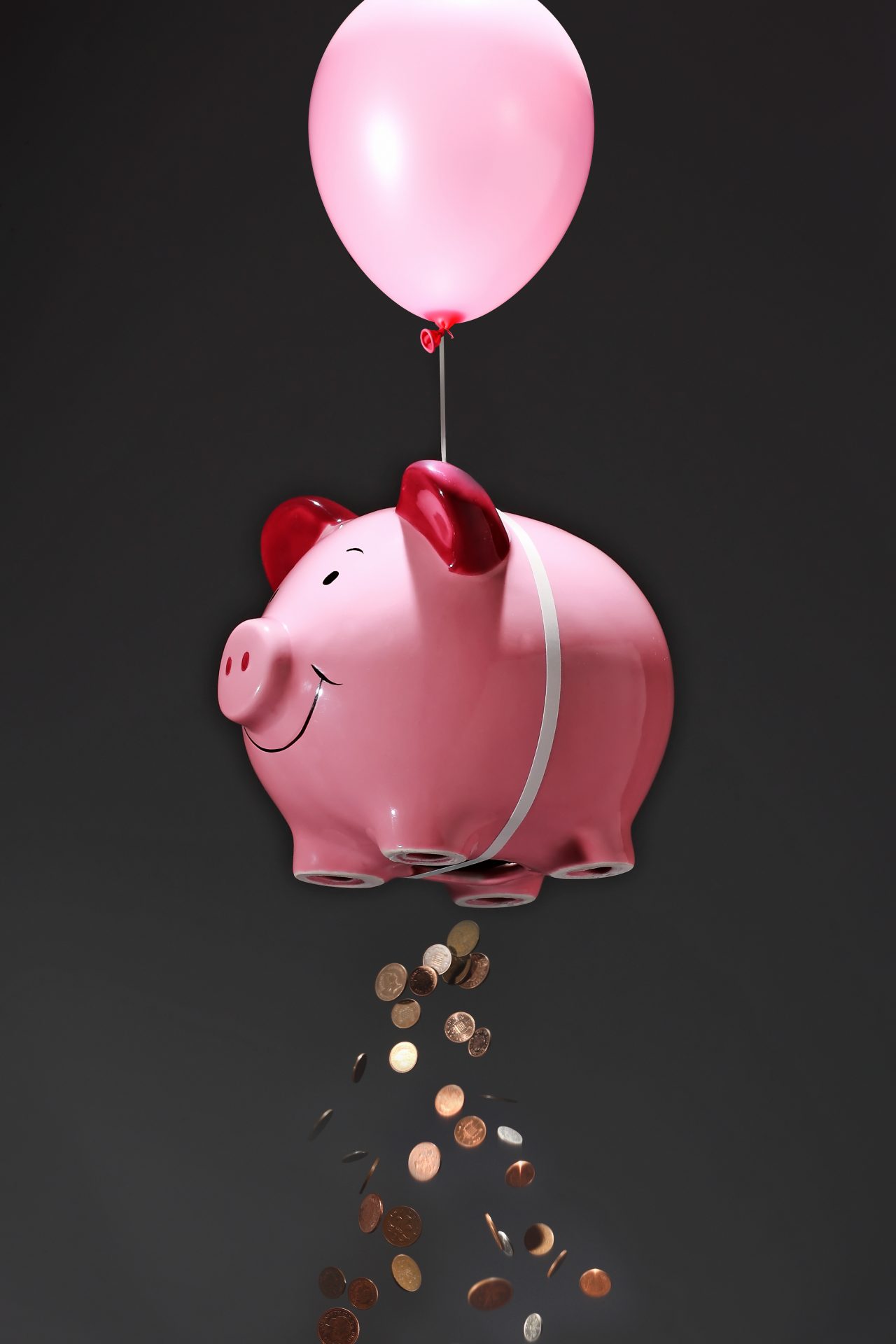Written by Alex Sims
In Stylist’s new digital series In the Red, we investigate how debt is really impacting young women in 2022 – from our connection with credit cards and shopping to examining how debt informs our relationships, our beauty regimes and the way we operate in the world.
Like wearing a facemask or going to the gym, debt has become firmly entrenched in our everyday lives.
It’s thought that eight in 10 UK adults were in debt last year and seeing student loan payments on our payslip each month, dipping into our overdrafts or using a credit card to cover small purchases has become the norm.
But not all debt is created equally.
The insolvency gender gap is real and widening with women making up the majority of people in the red.
Around 55% of women are overly indebted and the gender insolvency gap is even more pronounced for young people, with women aged between 25–34 over a third more likely to go insolvent than young men of the same age.
Women make up 61% of people getting into debt from purchasing everyday necessities. They are also more likely to worry about making ends meet, with nearly 1.5 million more women than men saying financial problems have caused them to lose sleep. Debt charity Step Change has said over 60% of its new clients are female.
Anecdotally, women have also expressed worries about their levels of debt and how it will impact their future. “I always seem to run out of money at the end of the month and end up using my credit card. It’s a vicious circle,” Izzy from Manchester tells Stylist. “I just don’t get the chance to save. I worry about things like getting a mortgage or having a pension.”
“I have a huge student loan from my Master’s degree and there’s been barely a month since the pandemic started when I haven’t been in my overdraft,” Alice from Leeds tells Stylist. “Debt feels like something that is just always going to be part of my life.”
As the leader of the Women’s Equality Party, Mandu Reid previously told Stylist: economics are not “gender-neutral”. “If you look at almost any economic decision through the lens of gender,” says Reid, “you stand a way better chance of making decisions that will protect our economy in the long run and allow a greater proportion of the population to fulfil their potential, contribute economically and thrive.”
The reasons more women than men are insolvent are myriad and complex. Explanations range from the existence of the gender pay gap and that the majority of single parents – who have higher levels of debt – are women to the fact women generally take on more care responsibilities and are more likely to experience financial abuse.
What is clear is that debt has become inextricably interwoven into the fabric of young women’s day-to-day.
In an age when taking on debt is commonplace, where credit cards, store cards and buy-now-pay-later schemes are often marketed at young women and as the cost of living crisis begins to take hold, Stylist is exploring what debt really means for young women right now in 2022.
From stereotypes around how women use credit cards, how our parents’ attitudes to money inform our financial futures to how money plays into our beauty rituals and how different generations of women approach cash, In the Red will explore how debt informs and affects our lives and how to deal with this new part of our everyday.
Images: Getty, Molly Saunders
Source: Read Full Article


